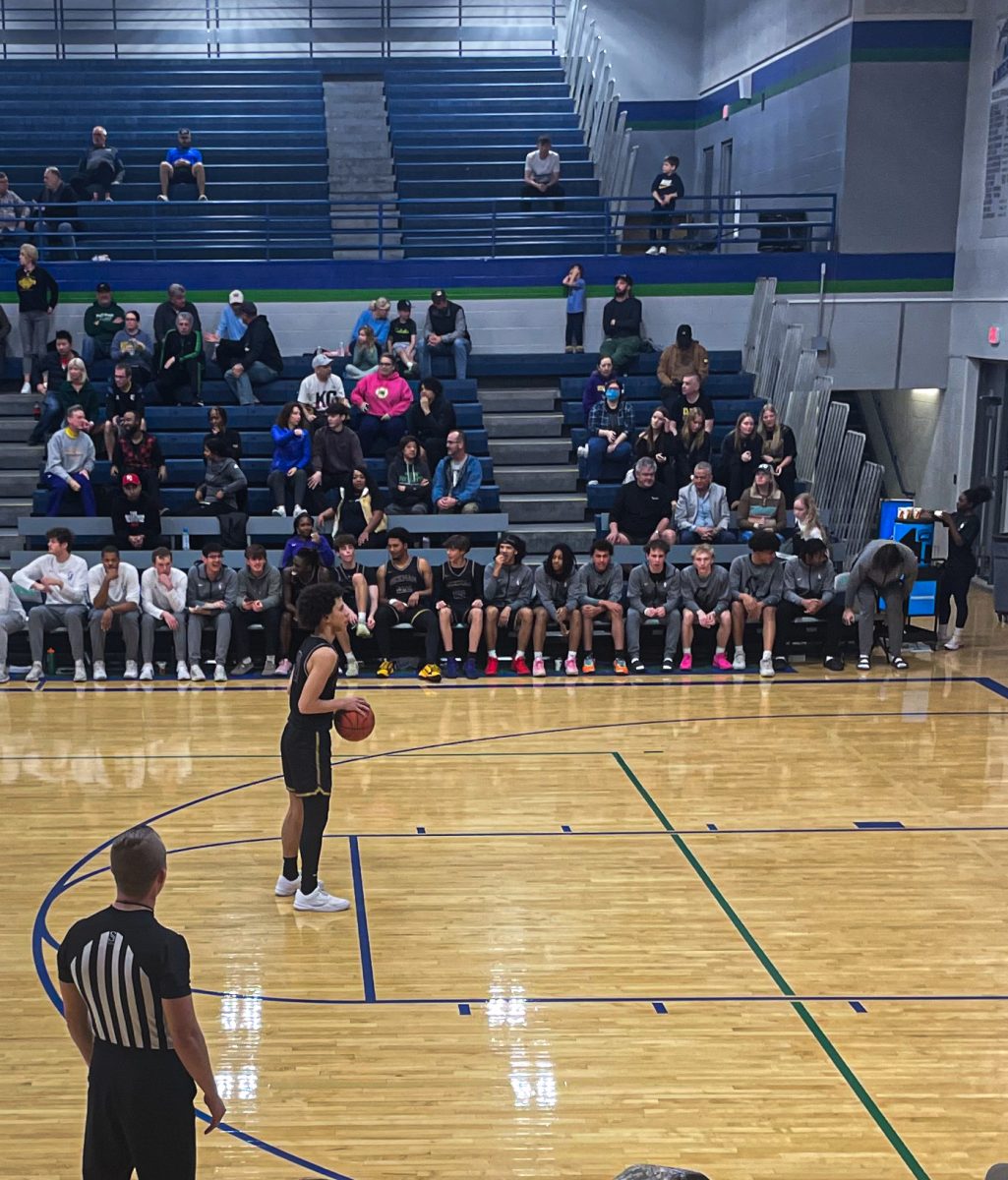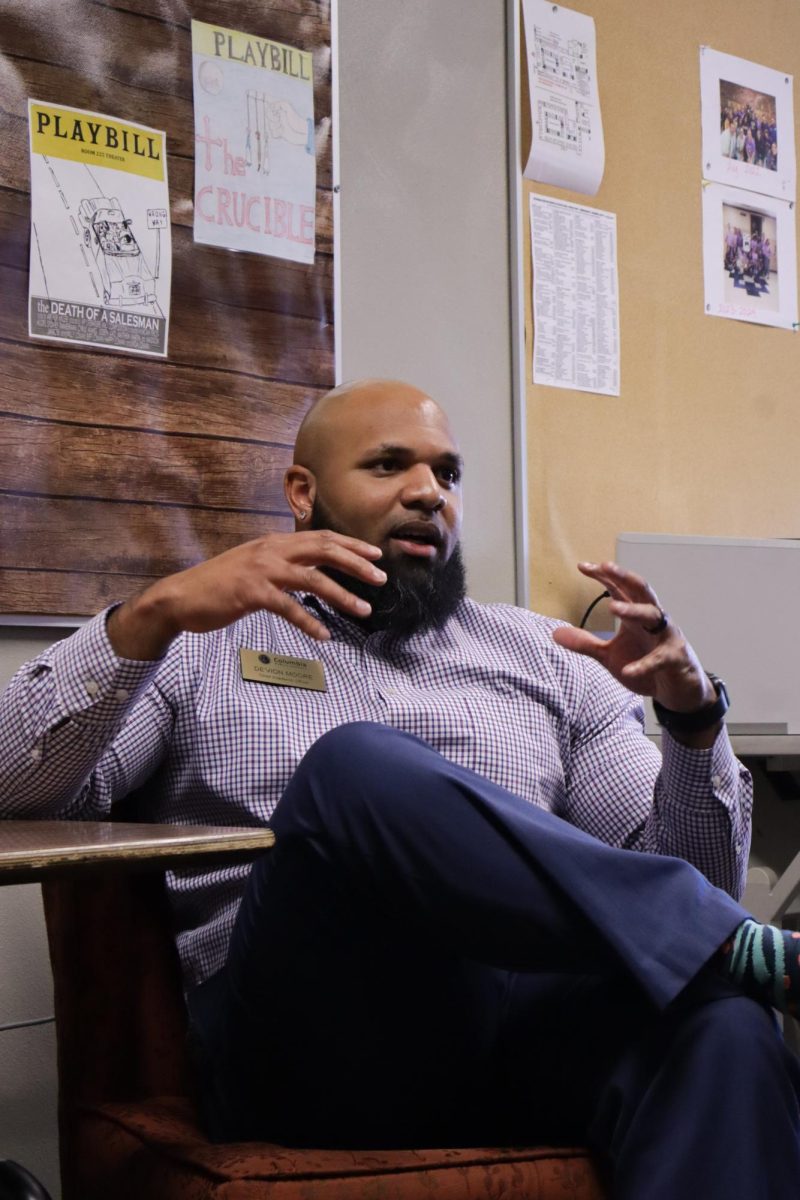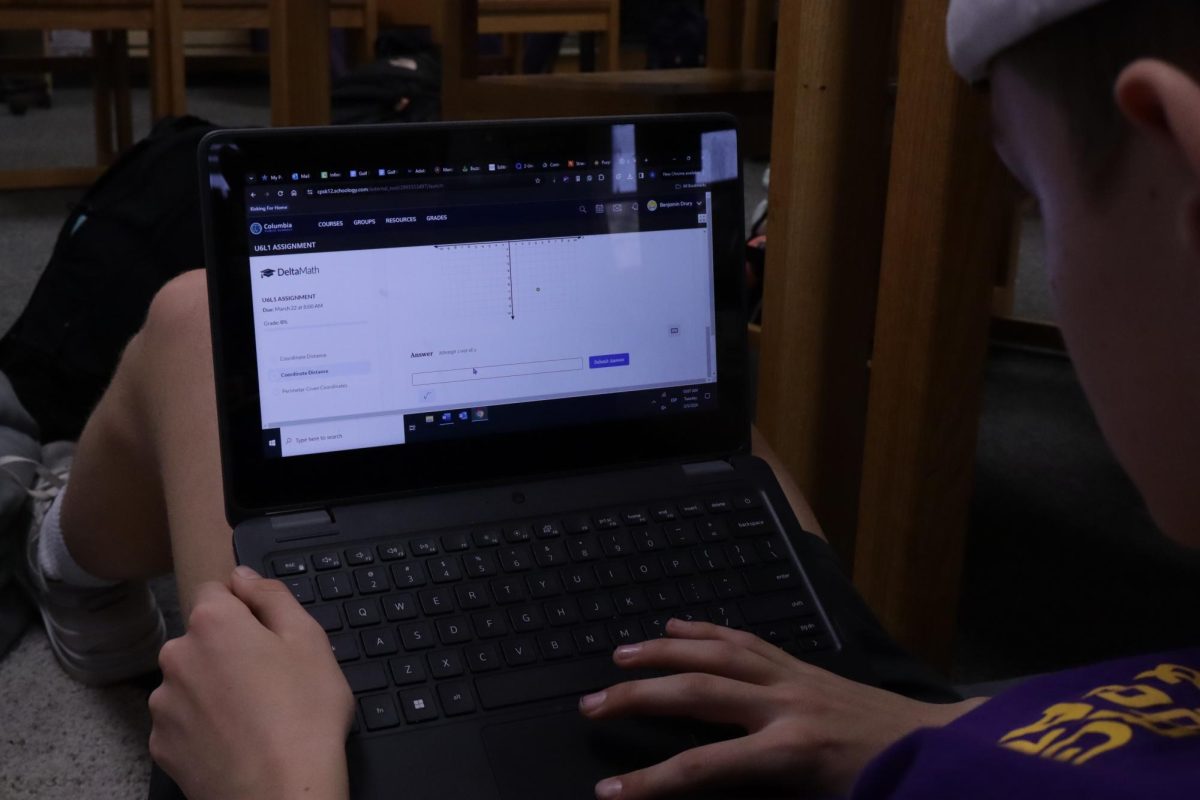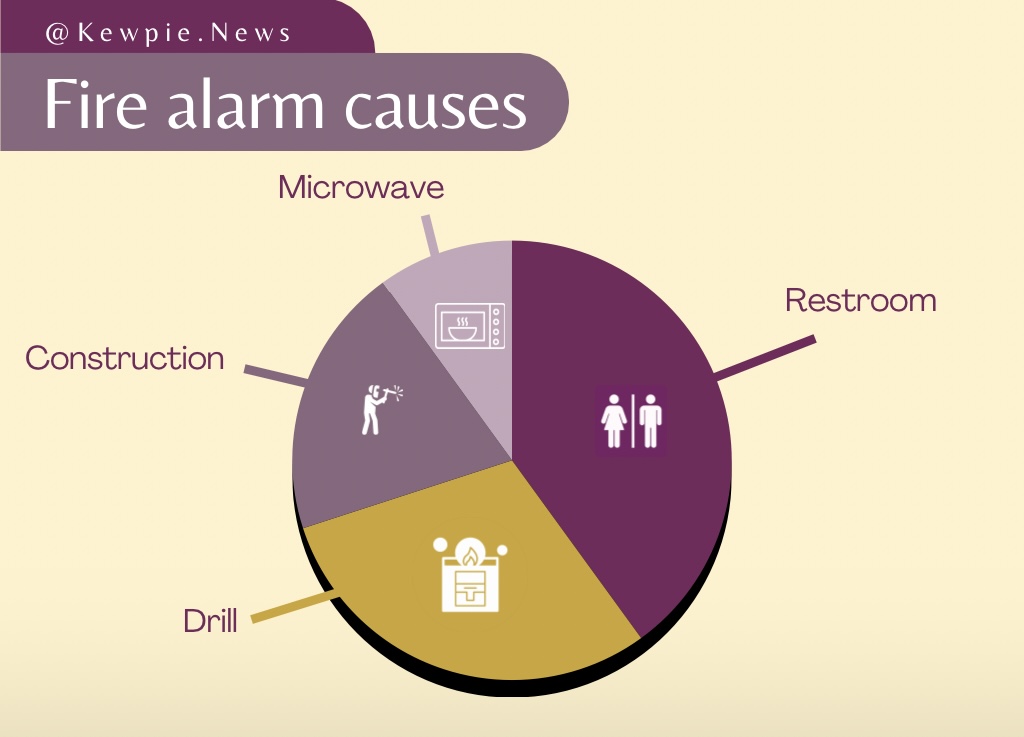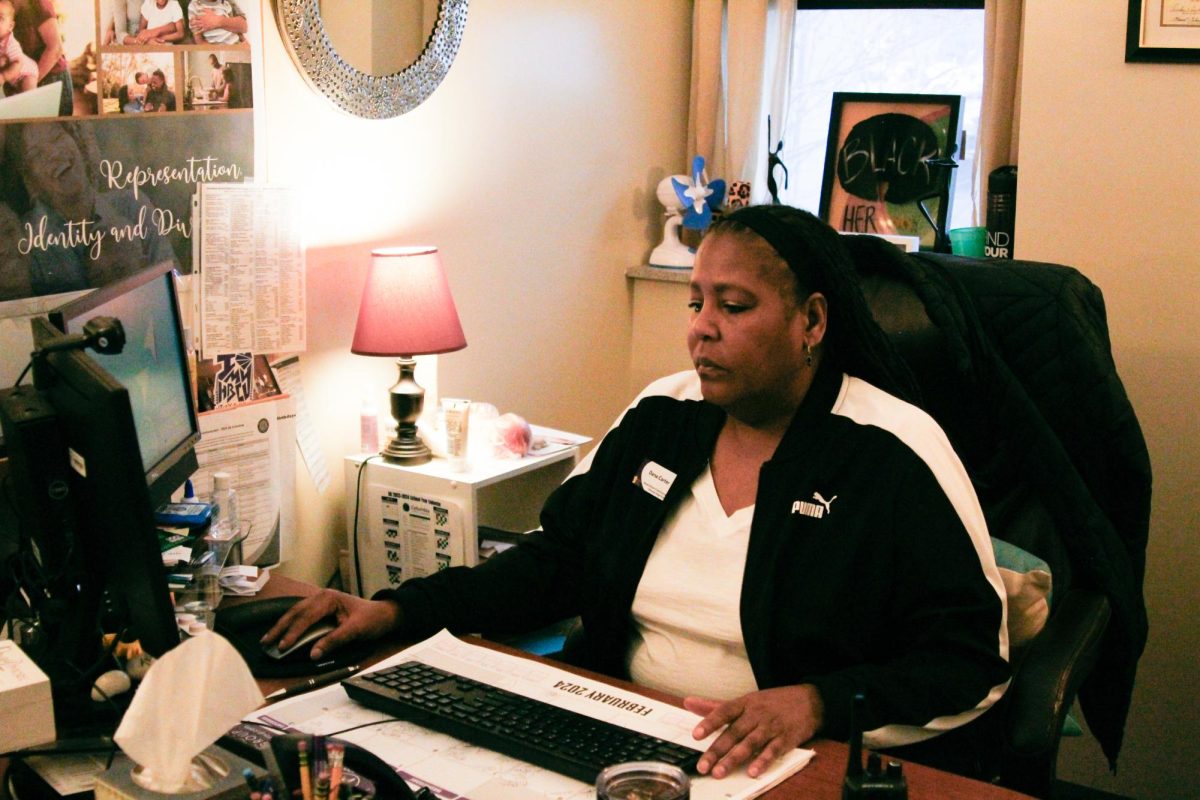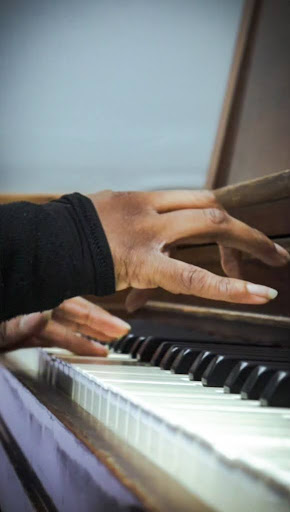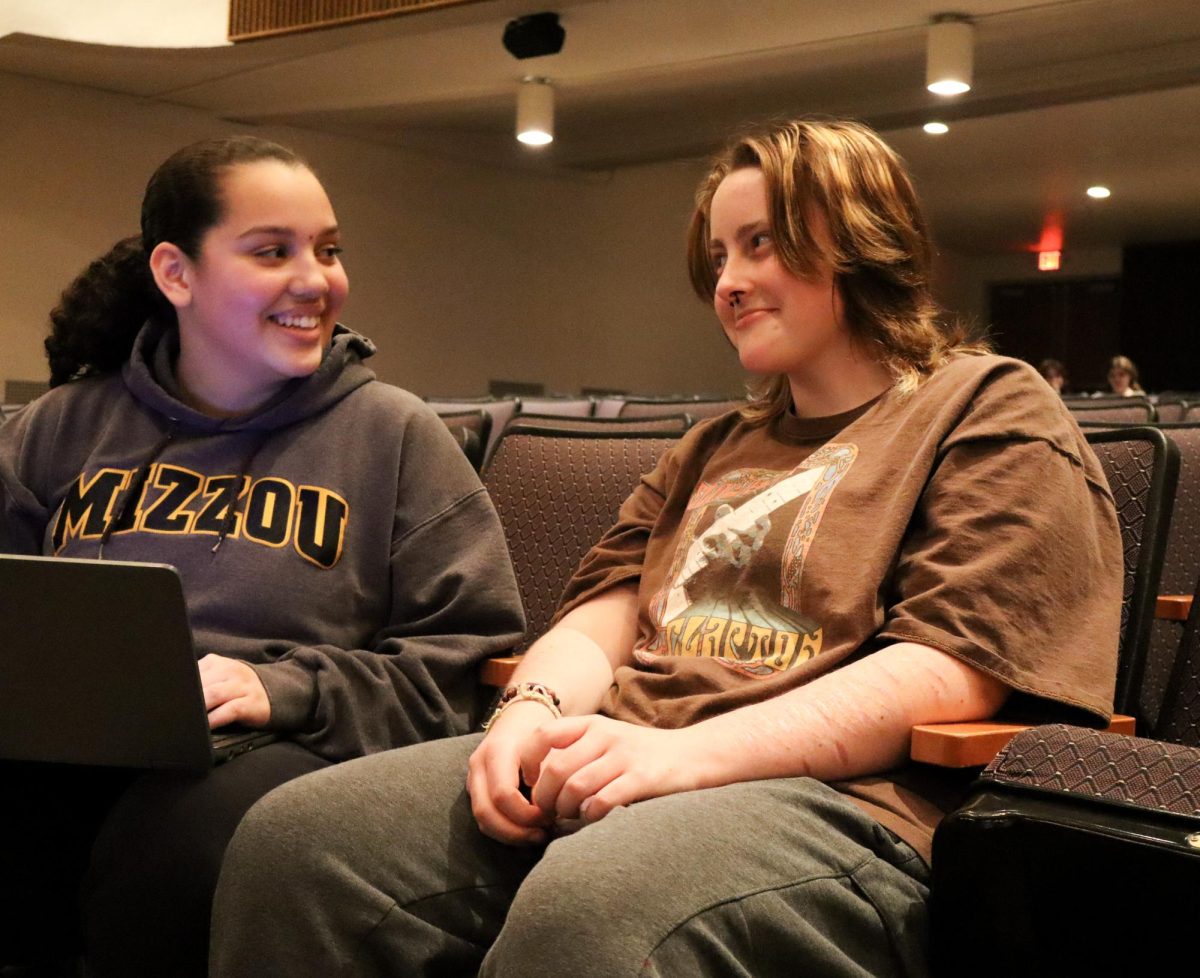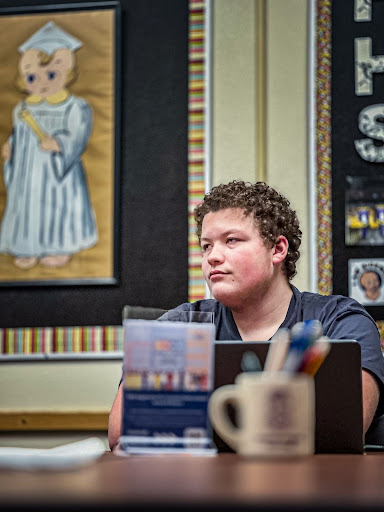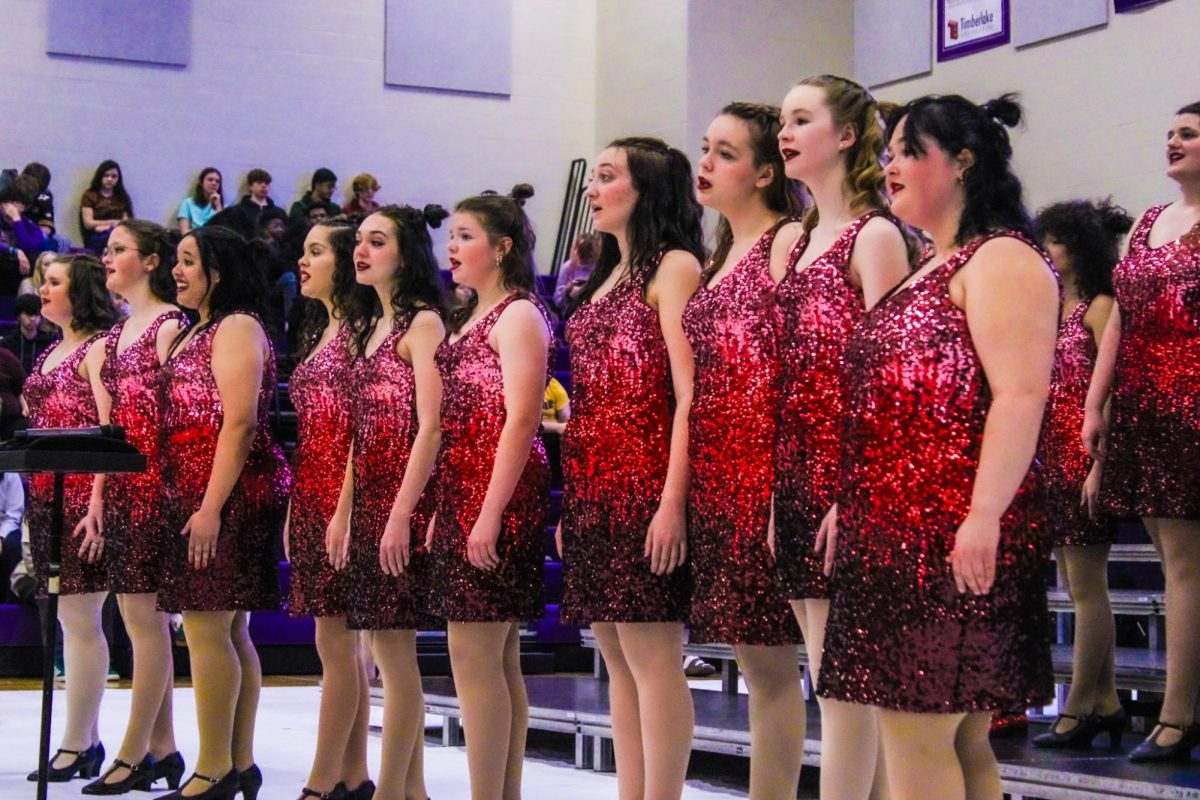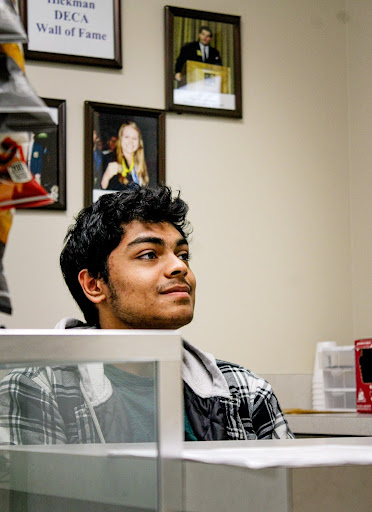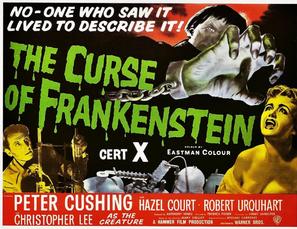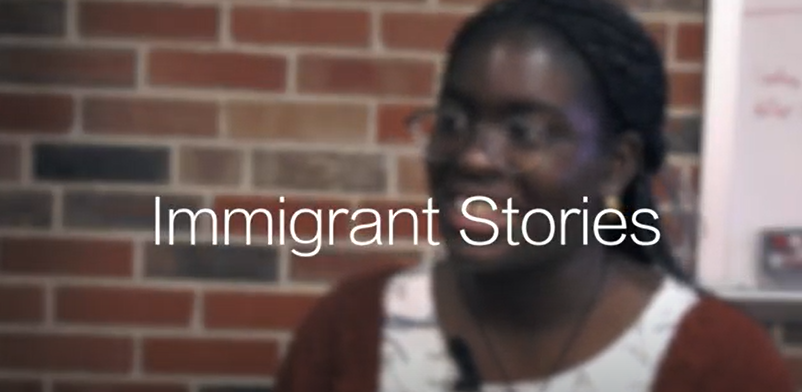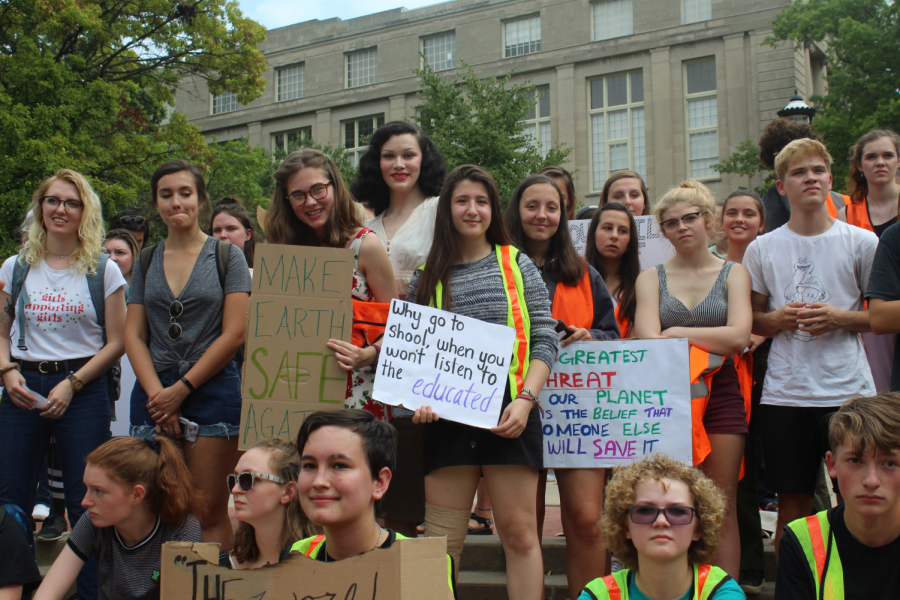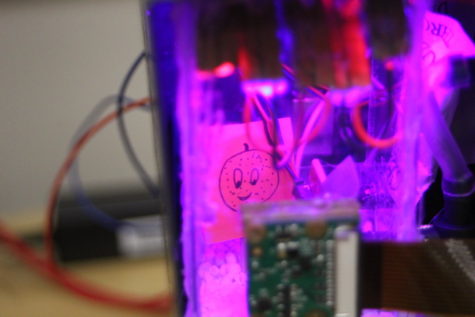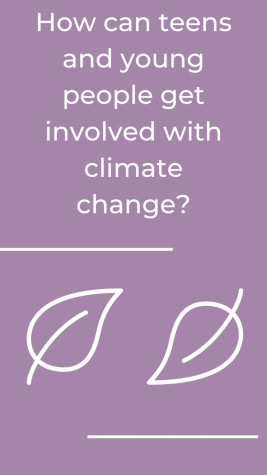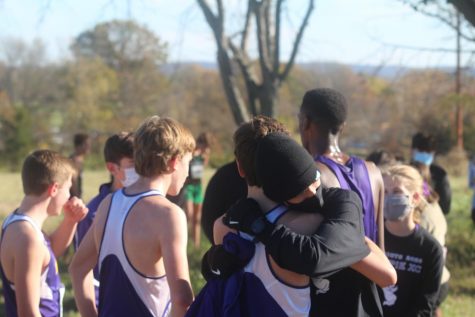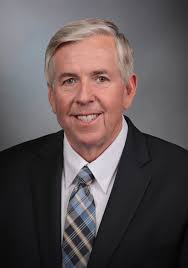Slacktivism
The hashtag #prayforamazonia amassed 265.6k posts on Instagram in three weeks, not to mention the related Instagram stories many people, including Hickman students, shared. Even President Donald Trump weighed in on the issue online, tweeting: “Just spoke with President @JairBolsonaro of Brazil… I told him if the United States can help with the Amazon Rainforest fires, we stand ready to assist!” Despite their best intentions, the millions of people who shared images often ended up sharing images from up to 20 years prior, or even pictures taken on an entirely different continent. Because it is so easy to hit ‘retweet’, people often end up spreading a message without truly knowing what it means. Additionally, the millions of dollars raised to aid the cause were often donated without a real understanding of what the money would be used for. No amount of money could truly stop the fires, an article by Vox pointed out, and often the money is actually used to further the efforts of political groups lobbying for one change or another.
This is just one example of online activism, taking place mainly on social media, often referred to as ‘slacktivism’, and has been the subject of many critiques over the years. “These terms capture a frequent critique by “traditional” activists or advocates,” according to the United Nations Public Administration Network (UNPAN). “They think that online activism is simply encouraging people to passively click in support of a cause rather than take concrete action, which may have a greater impact in bringing about change.”
Online activism began in the early 90s with email chains urging friends to donate to an issue. Later, websites like change.org and Credo Action were created, their petitions taking the world by storm, involving millions in a form of democracy about issues they cared about.
Today, online activism often takes the form of a hashtag paired with a relevant post, like #BlackLivesMatter or #MeToo. Some argue these simple messages oversimplify huge issues and are not an effective means of communicating the problem.
“Somebody who’s an online activist will see something and they have a world of resources at their fingertips but will refuse to pursue it any further than what they just looked at. Which is shocking,” Hickman government teacher Marcus McGuinn said. “It’s not bad, but I don’t always think that it’s good.”
McGuinn, in his role as a government teacher has spent years teaching students the influence political and social activism has had on lawmakers throughout history.
“I think maybe [the term slacktivism is] thrown around a little too easily,” McGuinn said.“A fifteen-year-old, a sixteen-year-old who wants to show support for a cause through social media might not know what else to do than change the filter on their picture… I do think, though, that when policymakers or leaders or people who actually have the ability to create change in our institutions, when they are guilty of the same thing, I believe that that is an appropriate use of the word.”
Similar criticisms have been directed at U.S. President Donald Trump, who frequently uses Twitter to communicate his thoughts to the world.
Hickman senior, Elena Seville, believes he has started a trend that resonates with young people, though maybe not in the way he intended.
“The president is very vocal on social media, especially Twitter, so I think that people are trying to combat that with different opinions because if he can be very vocal then why shouldn’t everyone else that opposes him be vocal as well?”
According to McGuinn, this is true in a global and national sense, but not necessarily in local government.
“One time, several years ago, a couple of Hickman High School seniors tweeted at Peter Stiepleman about ‘why didn’t we have no school today?’ [sic] or something like that. And then, I’ll be damned, Peter Stiepleman walked into the building and asked to see those kids. It was great.”
So, when we are talking about activism, in the broad brush that that encompasses, I think that depending on the locality of the issue or what it is you’re actually addressing, yes sometimes those things work, a lot of the times they don’t.”
It is much easier to successfully create change through advocacy locally than it is on a national or international level.
Many hail online activism as an easy, cost-effective method of raising awareness about an issue on a large scale, seeing as 72% of Americans use some form of social media according to Pew Research Center. This mass awareness frequently leads to an influx of money to organizations focused on the trending issue.
For example, when the ALS Ice Bucket Challenge went viral in 2014 to raise awareness about the nervous system disease, $115 million dollars was raised for the ALS Association, which lead to the discovery of a gene that causes the disease.
However, as McGuinn pointed out, awareness isn’t always a solution.
“We can make lots of people aware of something. But whether or not we make them educated on it, or whether or not we make them aware in the right way is entirely dependent on how media runs it,” McGuinn said.
“Awareness is a cheap way to try to make things happen because there are no actual timeline, money, or resources going into something.”
Others believe online activism is important because it gives marginalized communities a voice that is often not heard in national conversations. UNPAN attributes this to the fact that only corporations have enough capital to affect real change and mass communication, which often comes at the expense of minorities. This is still moderately true, especially in regards to censorship of women and minorities on Instagram and Facebook. In this sense, slacktivism is the democratization of activism according to Penn State University.
Even within Hickman, there are varying views of slacktivism. Seville believes it’s an important mode of self-expression.
“I think that just expressing your opinion and getting your opinions out there can help other people form opinions,” she said. “I don’t believe that it directly correlates with action, but I think that the more people that talk about problems, the more things will happen.”
Despite the many criticisms, Seville finds the convenience appealing.
“It’s an easy way to show my opinion.”
In the end, it becomes a question of how big a voice the people truly have in government.
McGuinn made an analogy to his classroom, saying “as a classroom teacher, I don’t know what issues are in my classroom unless my kids tell me. I feel like in the same way, some politicians maybe don’t know what’s going on because people are refusing to tell them.”
In this way, it is important to stand up for what you believe in, whether that be on your Instagram story or on the steps of the Capitol building.
“Squeaky wheels get the grease. People who make the most noise get the most attention. But I do feel like there’s something to be said that any person with enough dedication can have an incredibly powerful voice inside our government.”



